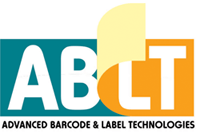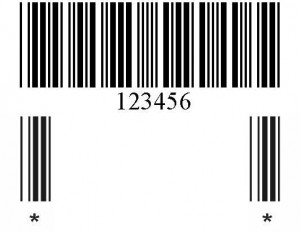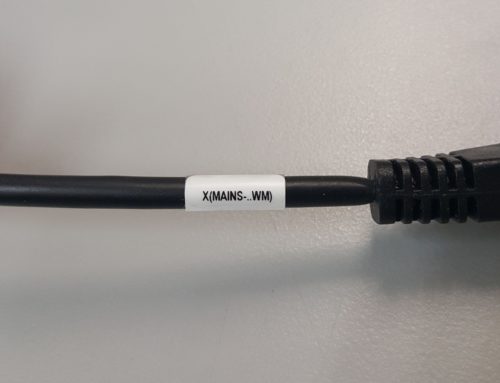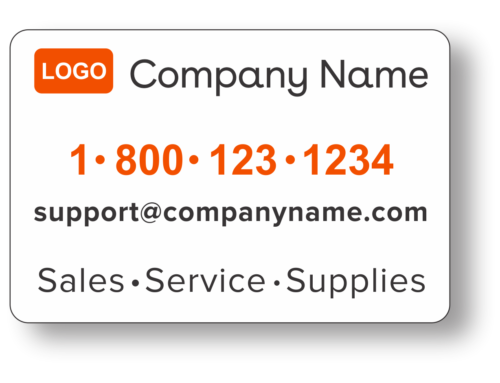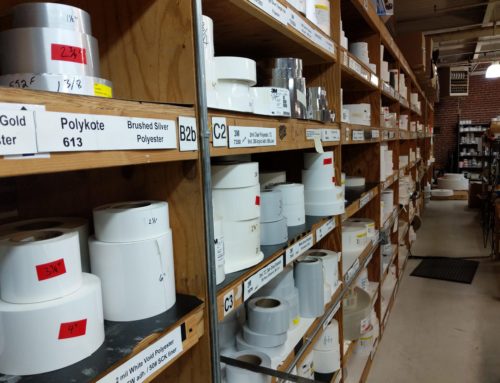In the simplest terms, a barcode is used as a locator to a record in a database.
A barcode is group of vertical lines that when read by a scanner produce a character or group of characters. When a scanner scans a barcode it is really picking up the reflection of the white space between the black bars.
If you have a business and ship a product, there is a good chance that at some point you will be required to use a barcode by your customer. Barcodes have become widely accepted because they cut down on data entry and they are much more accurate than human keyboard input.
Today barcodes are used in activities as diverse as:
- evidence tracking
- animal tagging
- product shelf life and date code tracking
- preventative maintenance tracking
- warehouse locations
- We have even made barcodes to track Motocross racers as they enter check points along the course.
Some of the most commonly used barcodes are:
- UPC Code
- Bookland EAN
- Code 3 of 9
- Code 128
- Code I 2 of 5
- Codabar
Additionally, there are common variants of the these barcodes such as GS1 Databar and UCC/EAN-128 but that is for another discussion.
The UPC code created for the retail environment contains a company identifier called a GS1 Company Prefix plus a product identifier controlled by the owner of the UPC. All digits are numeric. UPC codes do not allow for letters or symbols. Some major retailers require that you own your company prefix while others will let you piggyback off of UPC code resellers.
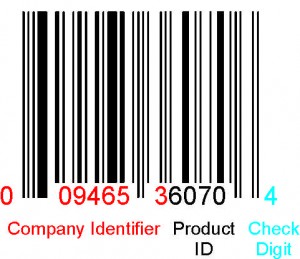
UPC Code Showing GS1 identifier, product ID and check digit
When a cashier at the supermarket scans a UPC barcode on say a can of Coke, the barcode does not have any product or price information associated with it. The barcode is nothing more than a pointer or reference to a record in the store’s product database.

Barcode 3 of 9 or code 39 was the first alphanumeric barcode to be developed and is used in industrial, transportation, and military environments. The way you can tell code 3 of 9 from other barcodes is that it has the same check character on the front as it has on the back.
Code 3 of 9 is still used because it is the most widely accepted alphanumeric code in the world. If you are not sure who will be reading your code, or the equipment that they will be using, you are always safe in using code 3 of 9.
Code 128 like 3 of 9 is alphanumeric but it offers much better data compression when numbers are used and can contain all 128 ASCII characters.
Today the shipping, distribution, and packaging industry uses code 128 almost exclusively for pallet, product, and supply chain information.
Code 128 is not limited to the packaging and distribution industry. In fact, it can replace any code 3 of 9 barcode because today’s scanning equipment is auto discriminatory, meaning the processor in the scanner determines what code it is scanning and then automatically reads the code and passes on the correct information.
Code I 2 of 5 and Codabar are older symbologies that are still used but are not as popular as they use to be. I 2 of 5 was used in the shipping industry because it was more condensed then 3 of 9, but because it is limited to numeric digits and is not as secure as code 128, it has lost significance.
Codabar is still used in libraries and blood banks, but as with I 2 of 5 it too has lost ground to code 128.
If you are new to barcoding and you are faced with the decision of which code to use, consider these questions to help guide you.
- Is your product a retail item? Can you use a single SKU to track it (as in the can of Coke example I referred to earlier)? If you answered yes to these two questions, then you will use a UPC or some derivative of it.
- Do you need alpha as well as numeric characters? Is the scanning system closed loop or within your control? Can you guarantee that the person scanning your barcodes is using current or up-to-date equipment? If you answered yes, then I would say code 128 would be your best choice.
- If you are unsure as to who or how the labels will be scanned, then play it safe and use code 3 of 9.
- If there is a customer supplied specification that must be adhered to, please follow it to the
letter because there can be financial penalties if you do not.
Finally, if you are still unsure, please contact your ABLT representative who will be happy to review your requirements and walk you through choosing the correct code.
